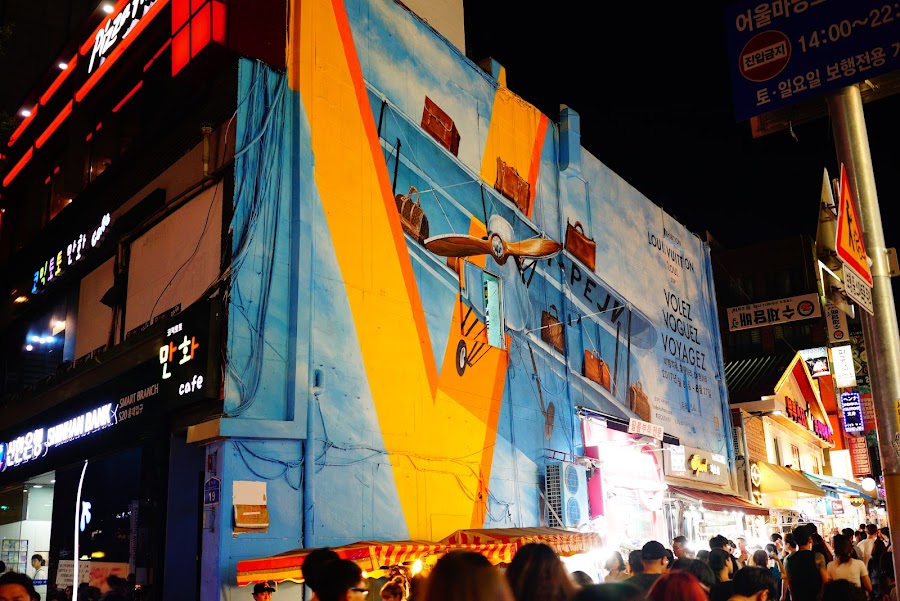 English
English
Koreans are very much into fashion. There's no better place in Seoul than Zaha Hadid's Dongdaemun Design Plaza (DDP) to host a collection of historical branded items. Back in 2015, I run into the opening of a Dior expo -
invitation only, so I could not get in - but now it was my time to experience the building from the inside, with the lovely occasion of revisiting the history of the brand of the brands, Louis Vuitton.
Never been an LV fan but still... We both enjoyed walking through the history behind the famous brand.
Louis Vuitton had very humble origins in the Eastern France, born into a family of joiners, carpenters and milliners. 13-year old Louis left home on foot, bound for Paris, taking all kinds of jobs along the way. When he arrived, 2 years later, he was hired as apprentice in the workshop of a box-maker, where they would carefully prepared boxes for the upper class. Vuitton's career is therefore tied to the Industrial Revolution, that made it possible to travel by train or plane - creating a need for carefully handcrafted luggages.
Louis Vuitton opened is own box-making shop in 1854, aged 33, and developed innovations such as the use of waxed canvas to protect the items from humidity. He was a creative genius who could build trunks for literally anything, from beds through painter's tools, portable closets or cutlery. The show is an amazing journey through imagination.
Spanish
Los Koreanos son los asiáticos más fashion y el DDP, el museo perfecto para organizar una exposición sobre una gran marca, como Louis Vuitton. En 2015 me quedé con las ganas de entrar -
aparecí el día de la inauguración de un show de Dior y me quedé mirando a la gente, que eran un show en sí mismos - pero este año era mi turno de explorar el fantástico edificio diseñado por Zaha Hadid desde el interior.
Nunca he sido una fanática de Vuitton, pero como esta exposición no trata de marcas sino de creatividad, ambos disfrutamos el paseo.
Louis Vuitton tuvo unos orígenes muy humildes en el este de Francia. Su madre era sombrerera, su padre campesino, se quedó huérfano a los 10 años y a los 13 decidió partir caminando hasta París. Tras dos años y muchos trabajitos, llegó a la ciudad de la luz donde la revolución industrial había empezado a revolucionar el mundo del viaje, al menos para las clases altas. Empezó como aprendiz en un taller donde se fabricaban baúles de viaje, donde fue construyendo su reputación hasta lanzarse en solitario con 33 años.
En 1854 creó su marca, abrió su propia tienda y el resto es historia. Lo que más impacta es la imaginación de Louis, que conseguía materializar cualquier encargo -
desde un baúl cama pasando por un armario portátil o una caja de utensilios de pintura, todo era posible - y su actitud innovadora, primero ideó la lona encerada, para proteger los enseres de la humedad y luego pasó a imprimir sus iniciales, para diferenciar sus baúles del resto.









